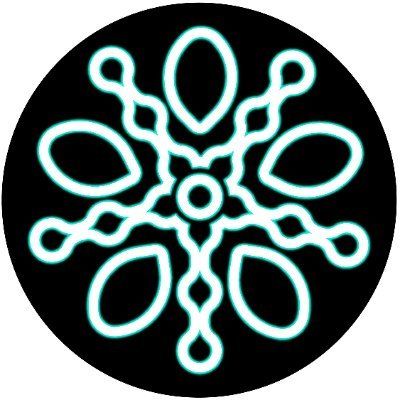Some thoughts for Pele Network (2)

White Paper:
https://peledao.app/White-Paper-2-0-ee974ae822734cd2ac22eb11df911d8f
All blockchain consensus mechanisms are innately flawed. The winner-takes-all block reward model applies only to computer programs, but not to humans with feelings. Encouraging people to participate in the protocol is key to decentralization.
Decentralization means security. In my opinion, monopoly is not the worst outcome in terms of governance, as long as people are still willing to participate in the process of governance, the rulers will face challenges and competitive pressures.
To maintain the decentralization (or security) of a protocol, there is a cost that must be paid by the protocol itself. Decentralized and secure networks are not free. Take Bitcoin for example, the Bitcoin network currently requires an issuance of 37.5 Bitcoins per hour to incentivize miners to keep the network functional. Bitcoin is one of the most secure blockchain networks. At the current market price, the cost to maintain the security of the Bitcoin blockchain is $600,000 per hour.
What happens if miners in the Bitcoin network go on strike? The answer is that the network would become unreliable, more centralized, or even unusable in the worst-case scenario. In other words, participants are key to a network's survival. You can not have a robust network if people are indifferent to governance.
Yes, we know that Bitcoin miners will not go on strike because they are emotionless machines and will continue to work according to the code and consensus mechanism, even if they do not receive any rewards for mining a thousand new blocks.
However, humans do not have the same characteristics as machines. Humans are emotional beings and may feel happy due to success or discouraged due to failure. Even if the rules for distributing rewards in a protocol are fair, if someone experiences too many failures, they may give up. The winner-takes-all model goes against human psychology.
If many people give up participating in the network, the protocol is failed. Therefore, we need to prevent participants from giving up at all costs. Networks are decentralized, safe, and valuable only when there are many participants.
How do we reward people for participating in the protocol? The answer is simple: Giving them rewards! No matter what they do, they should be rewarded. The nodes of the Pele protocol are not machines but humans, and it is unacceptable for anyone to put in effort without receiving anything in return.
Machines only accept cryptocurrency rewards, but humans are different and can accept many different types of rewards. Whether it's verbal praise, NFTs, or cryptocurrency, humans can be motivated by a wide range of incentives. Therefore, the mining mechanism of the protocol should be Proof of Participation, and all activities will be rewarded.
There are two types of rewards: high liquidity rewards and low liquidity rewards. High liquidity rewards refer to assets such as cryptocurrencies and NFTs that can easily be sold on markets, while low liquidity rewards refer to badges, achievements, and soul-bound tokens that are difficult to sell for money but can serve as proof of your actions on the blockchain network.
We can imagine a scenario where we all know that the winners of a competition are usually excellent. But what if there is a participant who can prove that he has participated in 100 contests and has never won, but he has not given up and wants to continue participating, do you think this participant has value? The answer is definitely yes. There is power in numbers and commitment, even if you never get to win.
The scenario I am imagining is that in the future, blockchain networks will retain records of all activities of every individual. Even if you are not the most talented or capable person, the blockchain network can still prove abstract concepts such as perseverance and determination. Blockchain will become an essential resume for every aspect of life, work, and socializing.
Will people pay for this vision? I'm not sure, but I think the answer is yes. We have discovered sustainable tokenomics where everyone pays to participate in a storytelling competition. Only the winner gets high liquidity rewards (cryptocurrency), but other participants get low liquidity rewards (proof of participation), and Pele protocol takes a portion of the fees to support its operations.
In essence, participants exchange high liquidity assets for low liquidity assets with the Pele protocol. The magical part is that when participants hold a large number of these low-liquidity assets, these assets will prove the value of their owner in return, which makes himself/herself a high-liquidity asset in some way.
I am from Taiwan. Although it is a democratic country, voter turnout is often low during elections, particularly among younger generations who may be indifferent to political participation.
喜欢我的作品吗?别忘了给予支持与赞赏,让我知道在创作的路上有你陪伴,一起延续这份热忱!

